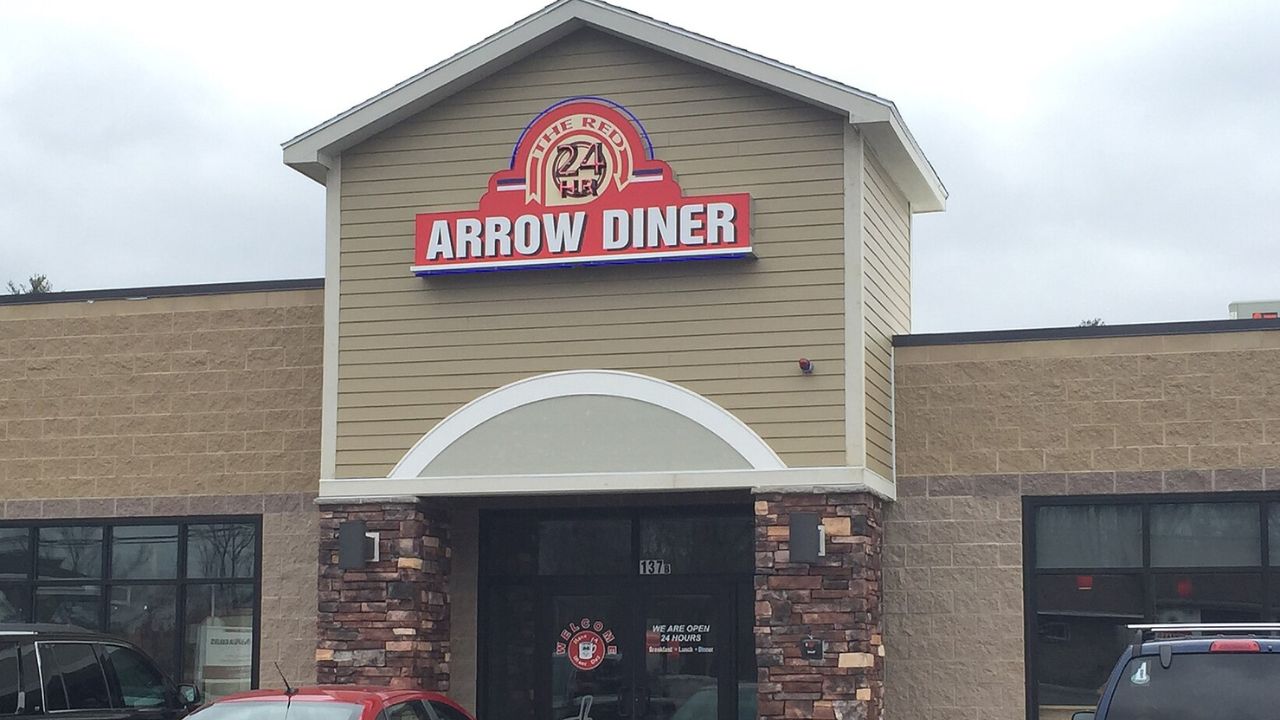Ferries can deliver big water views for commuter prices. These routes pair skyline shots, lighthouses, islands, and wildlife with simple boarding and frequent sailings. Most are state-run or year-round, so you can ride without booking a cabin. Bring a wind layer, arrive early for golden hour, and check alerts for weather or tides. Stand outside for the full effect and use the return trip after dark for city lights. You get cruise-level scenery in minutes, then step off right in a walkable town.
1. Staten Island Ferry, New York
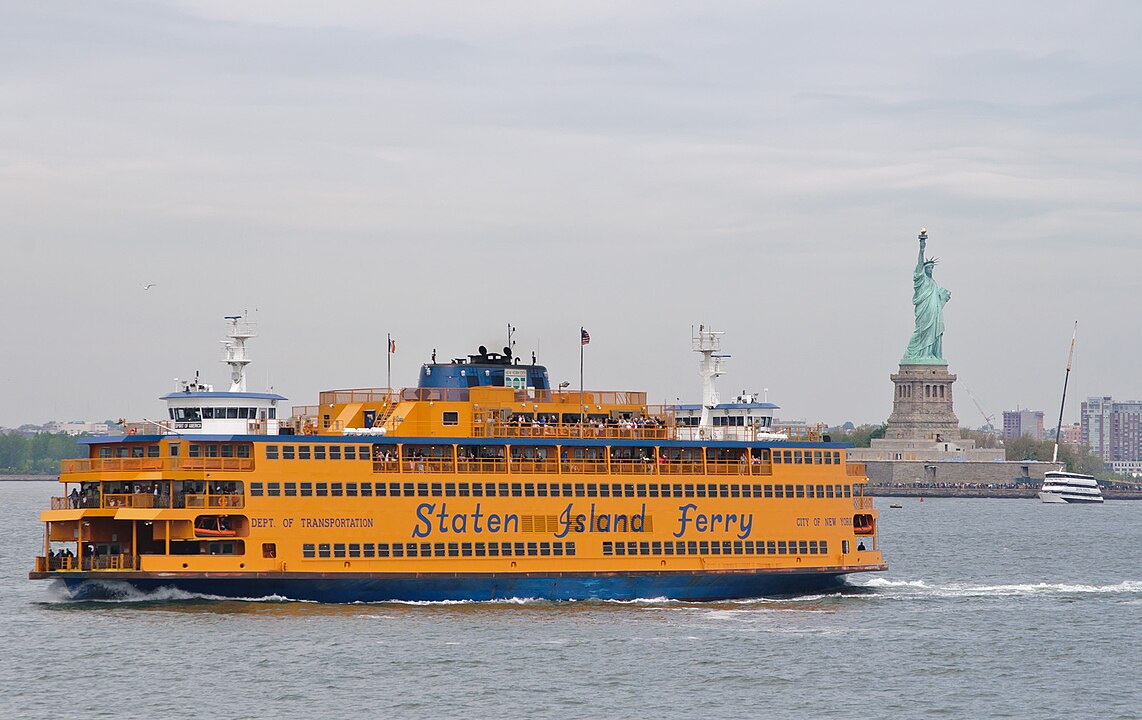
This free, 24-hour service glides past the Statue of Liberty, Ellis Island, and the Lower Manhattan skyline on every trip. Commuters ride daily, which keeps departures frequent and lines moving even at sunset. Stand on the starboard side, leaving Manhattan or port side inbound for the best statue angles. You will also see harbor tugs, Governors Island, and layered bridges. No ticket needed, just follow signs at Whitehall or St. George terminals. It is the simplest deep harbor photo ride in the country.
2. Seattle to Bainbridge Island, Washington

Washington State Ferries move cars, bikes, and walkers across Puget Sound with a front row view of the Seattle skyline, Olympic Mountains, and, on clear days, Mount Rainier. The crossing takes roughly half an hour, long enough to spot cormorants and harbor seals. Walk on passengers can stroll Winslow’s shops and return later without parking worries. Schedules run from early morning into the night, and onboard decks offer wind protected seating. It is a compact mini cruise that fits between coffee and dinner.
3. San Francisco to Sausalito, California

Golden Gate Ferry links the Ferry Building to Sausalito across San Francisco Bay, passing Alcatraz and giving broad views of the bridge and Marin Headlands. Strong tides and afternoon wind add texture to the water without rough seas. Cyclists often ride one way and ferry back. Sausalito’s shore path, galleries, and houseboat marinas turn a simple crossing into a full afternoon plan. Tickets are commuter priced compared with tours, but the scenery is the same: skyline, islands, and gulls working the wake.
4. Anacortes to Friday Harbor, Washington

The San Juan Islands route threads narrow channels and opens into wide straits where porpoises and, in season, orcas sometimes surface. Ferries make multiple island stops, so you get constant shifts in shoreline and current lines. Walk off at Friday Harbor for seafood and a small museum, then return on a later sailing. Summer reservations help drivers, while walk on travelers usually find space. Even on overcast days, the water color and forested points feel like the Pacific Northwest postcard you came for.
5. Hatteras to Ocracoke, North Carolina

The free North Carolina ferry crosses Hatteras Inlet through shoals and bird rich sandbars to Ocracoke Village. Expect pelicans drafting the bow and dolphins on calmer mornings. Routes change with shifting channels, so the ride can be longer or shorter by season, but the views stay wide open. Bikes roll aboard easily, and the village itself is mostly walkable once you arrive. This is the Outer Banks at water level: flat horizon, wind, and the drum of the engines across a shallow sea.
6. Cape May to Lewes, Delaware Bay
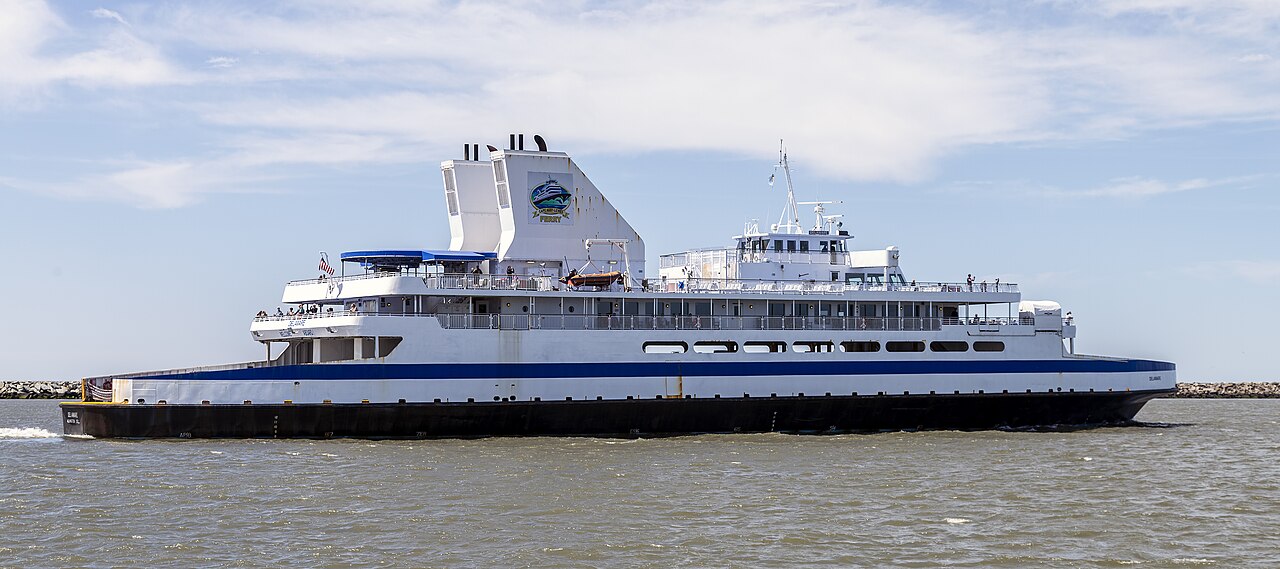
This car ferry links New Jersey and Delaware with steady runs past lighthouses, World War II lookout towers, and frequent dolphin sightings near the bow. Terminals on both ends have cafes and waiting rooms, which makes timing easy with families. The ride feels like open ocean without losing sight of land, and the wide decks give room to roam. You skip highway miles while collecting lighthouse photos, then roll off near beaches and bike paths on either side of the bay.
7. Mackinac Island Boats, Michigan
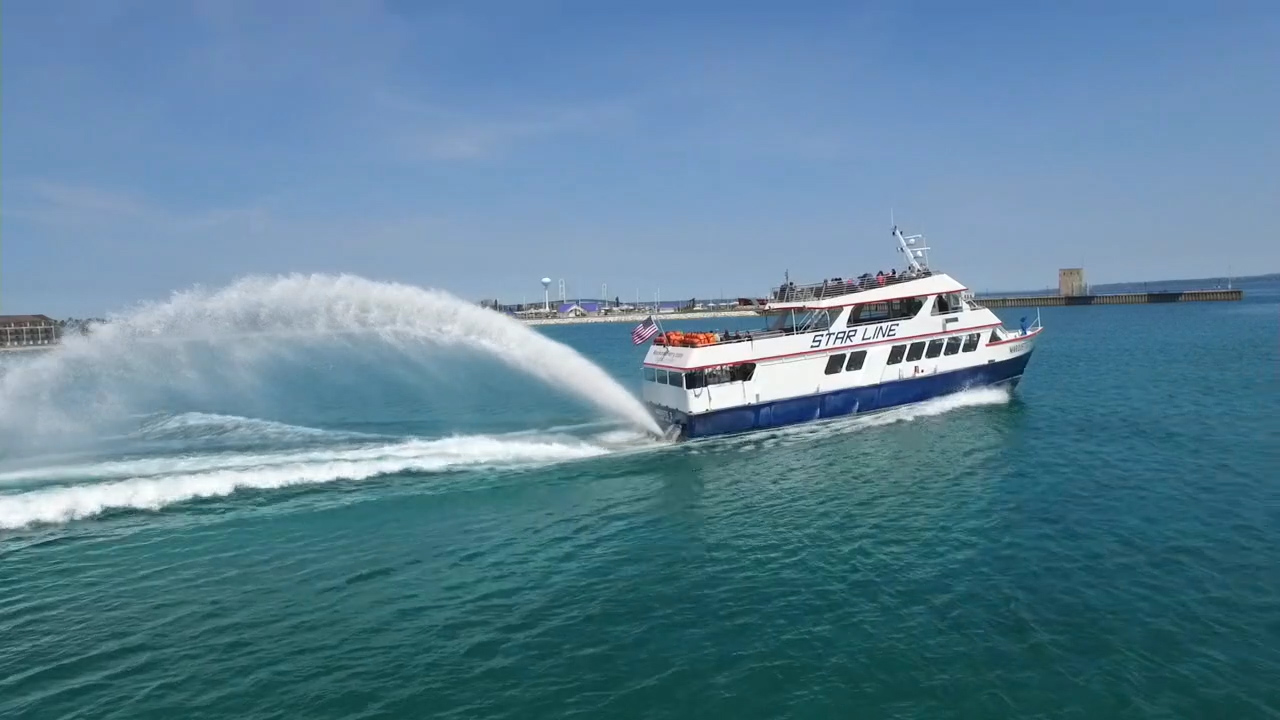
Passenger ferries from Mackinaw City or St. Ignace sprint across the Straits to car free Mackinac Island, framing the five mile Mackinac Bridge and a line of small lighthouses. Some sailings loop under the bridge for close photos. On arrival you step into a town that runs on bikes and horse drawn taxis, so the cruise feeling continues ashore. Clear water, fast runs, and constant traffic make it easy to plan a day trip. Lock your return time and enjoy a shoreline loop by bike.
8. Lake Champlain, Vermont to New York
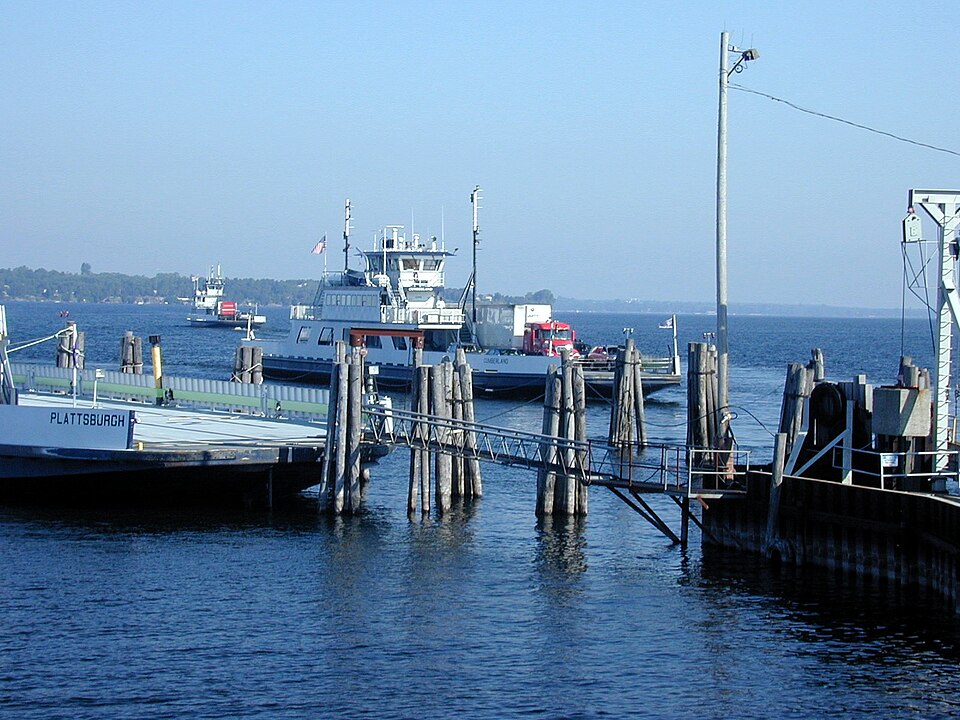
Crossings such as Charlotte to Essex or Burlington to Port Kent put the Adirondacks on one side and the Green Mountains on the other. Fall foliage season turns the ridgelines into a moving panorama, and summer brings sailboats threading the same corridor. Ferries carry cars, bikes, and walk ons, so you can connect rail trails on both shores. Calm water and short distances keep seasickness low. Terminals sit close to village centers, which means coffee and ice cream are steps from the ramp.
9. Alaska Marine Highway, Inside Passage
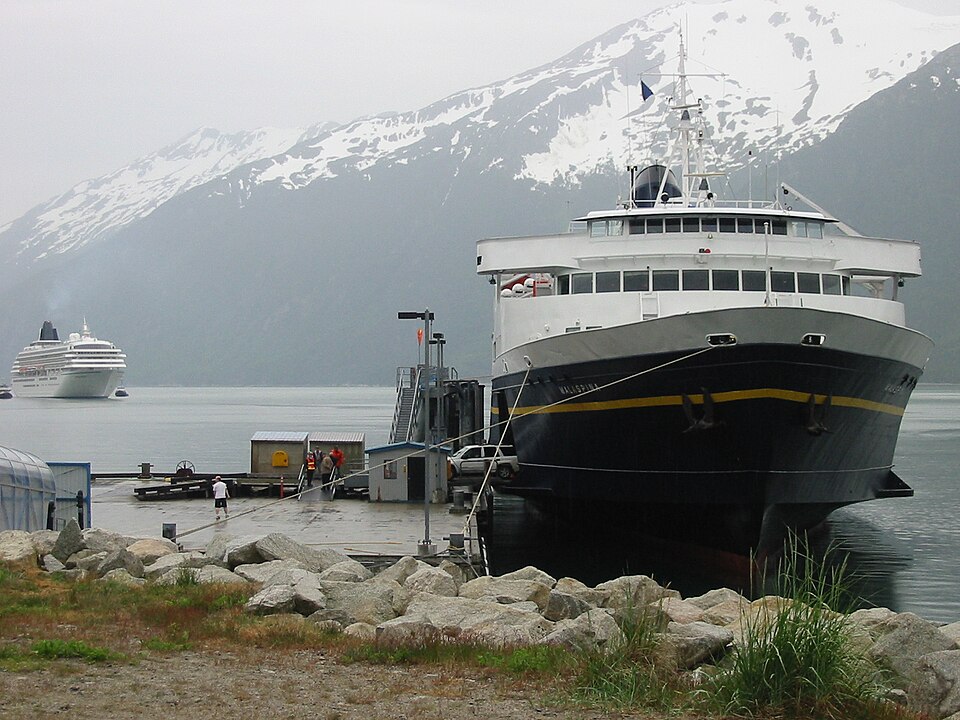
State ferries link Southeast Alaska communities that have no road connection, offering glacier views, humpback blows, and long, quiet stretches between islands. Walk on fares are far below cruise prices, yet you still get observation lounges, cafeterias, and optional cabins for longer legs. Bring binoculars and a hat for wind on outer decks. Routes like Juneau to Sitka or Haines pass forested slopes and working harbors. It is practical transport for locals and a slow travel window for visitors who want real miles on real water.


